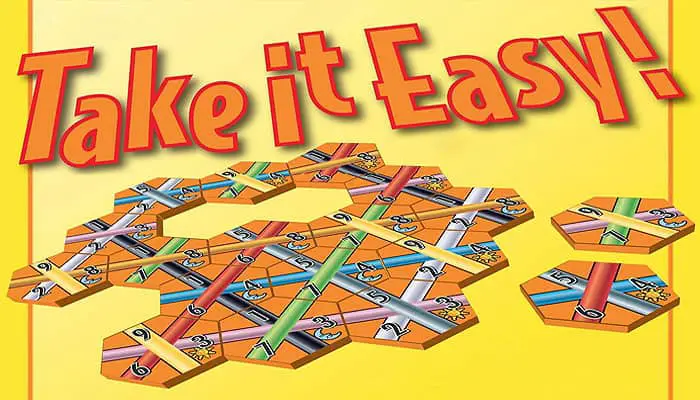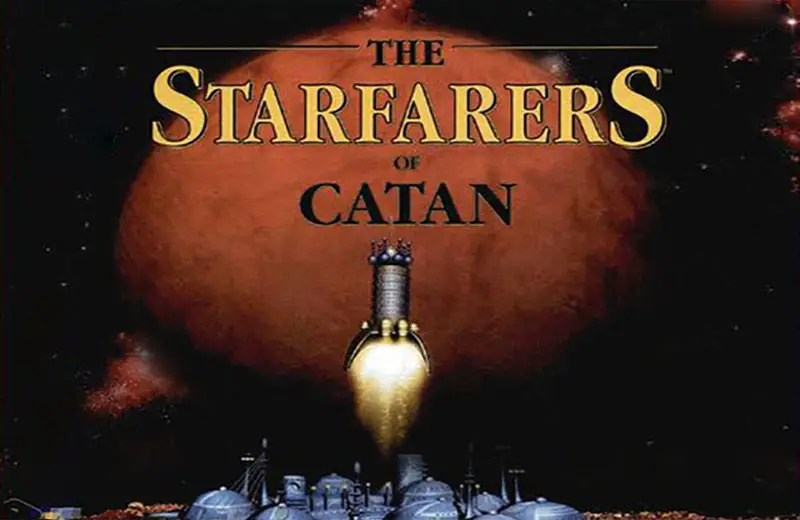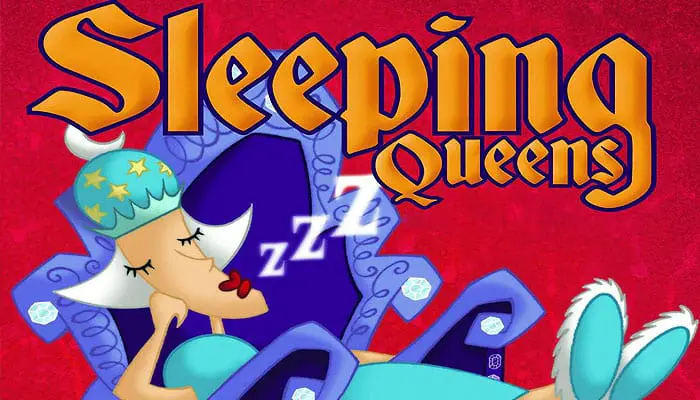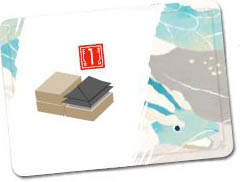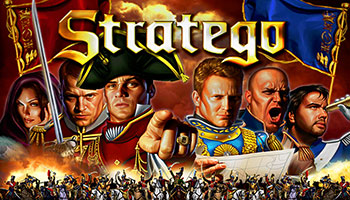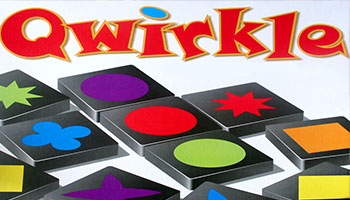
Red Lines
If your penguin is close to a wall (and doors are part of the wall) or stuck in a door, before your flick, you may place it on the closest free point on the red line (so the center of the penguin is on the line).


Red Line is Covered! Sometimes the red line is covered with artwork.
In such cases, the line is considered to be present under the artwork.
Getting Stuck In The Door

First, why are you getting stuck in doors? You probably shouldn't have skipped all those gym lessons... …













